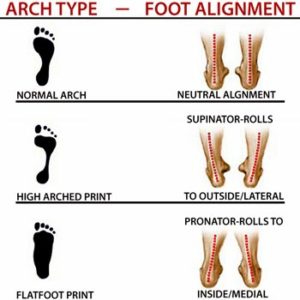What does running 20 miles and having fun have in common, you might ask yourselves? I agree: it is an oxymoron. One that is harder to grasp for most of us. In fact, when I did my very first 20 mile training run last year in preparation for the California International Marathon, I felt like someone who can’t swim, as I imagined drowning in my own breathless repeated gasp for air. And then the knees screamed at me, screeching and halting, while my brain could not process why I needed to stress my body by running 20 miles when cars are perfectly capable to carry us places.
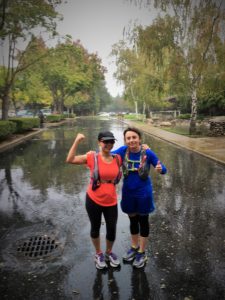
This year, as I am getting ready to run my third marathon, my approach has changed. Now I am looking forward to the fun challenge of running four weekends of 20 miles in a row, according to my training schedule, too. Today, I ran my third 20 milers together with my runner and blogger friend Adam, and I felt great during and after the run. Adam did a great video on gear during our run, in which we talked about our hydration backpacks, shoes, sunglass, hats, and so on – see below.
https://www.facebook.com/Adamtherando?pnref=friends.search
Obviously, as highlighted in the video, hydration and fueling during a long 20-mile run is crucial, which is why we both described our backpacks. When doing an unsupported training run like we did today, it is imperative that you have your own hydration (I drank almost 1.5 liters of water mixed with Tailwind, which provided carbs, electrolytes during my run today), gels, fig bars – my favorite, snacks, and other small necessities without adding to much weight to an already long run. Both Adam and I commented on how comfortable we felt with our hydration backpacks, but this depends from one runner to another. It is advisable to try what works best for you.
PREPARATION FOR YOUR LONG RUN
Running a 20-miler puts a lot of stress and pressure on our bodies, which is why we need to be prepared before, during, and after our long runs. Here is what I recommend that you do, but feel free to tweak these recommendations to fit your running style and philosophy.
BEFORE THE RUN:
- Prepare all your clothes, running shoes, fueling, hydration the evening before just like you should do before your races.
- Eat your carbs, protein, and hydrate well the whole week before your long run, but especially the day before.
- Skip the protein the day before running your 20 miles, as you need to fill up your muscles with glycogen. Focus on qood quality carbs, such as spaghetti with marinara sauce, sweet potatoes, bread, fruits and vegetables.
- Get excited about running long.
- Try to vary your running routes to enjoy different sights.
- Plan your long run with your running group, or least one running buddy, as running by yourself will be “crime and punishment” – ha!ha!
- Set your alarm clock.
- Go to bed earlier and try to sleep seven hours.
- Visualize yourself having an amazing run.
- Don’t worry and go with the flow.
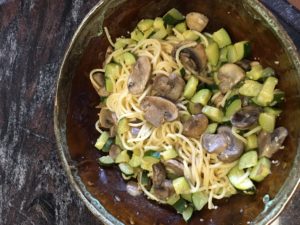
DURING THE RUN:
- Start slower and pace yourself.
- Run with a partner who has a similar pace.
- Chat, chat, and chat some more during your run to forget about those miles.
- Enjoy the views and conversations.
- Hydrate and fuel well. Start taking a gel or your favorite carb source of energy after 45 minutes of steady running.
- Practice your hydration and fueling during these long runs and take it seriously.
- Pay attention to your breath and check on your form regularly.
- Running a 12 or 13 miler comes a little easier to most of us runners, so keep going until you hit 15 miles.
- With five miles to go, think of it as your five mile day and keep going.
- Keep smiling as you pass mile 18, as the happy ending is near.
- Take a quick video of yourself at the end of your run to assess how you are feeling and how your run was. Here is my video and a few pics I took:
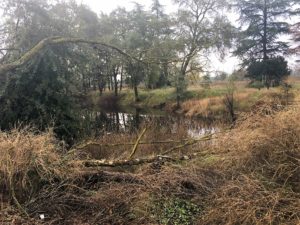
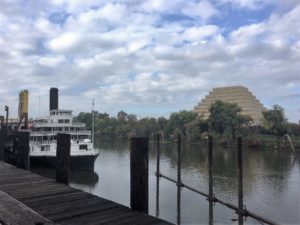
AFTER THE RUN
- Do your cool down, light jog, or walk for a little bit.
- Do your stretches and a few lunges.
- Change to dry clothes right after your run, especially if you have to drive back home.
- Eat a peanut butter and jelly sandwich or a protein bar as you are driving back home and drink more fluids, preferably some chocolate milk.
- Change your shoes and wear slippers.
- Get home and prepare yourself a protein shake with spinach, berries, and almond milk, or the milk of your choice. Add a scoop of high quality protein powder. I like to use Vega powder.
- Take an Epsom salt bath, or use a Jacuzzi tub while sipping your protein shake.
- Relax, stretch, massage your body.
- After your relaxing bath, eat lunch and repair your damaged muscles with lean meats, beans, rice, potatoes, etc.
- After lunch use your foam roller and relax.
- If you have access to a pool, go for a swim and your muscles will be happier.
- And last, but not least congratulate yourself for a fun 20-miler. You did it!
HAPPY FEET! RUN WITH JOY!
For more info on running and real estate, whether buying or selling, please e-mail me at carmenmicsa@yahoo.com, or call me at 916-342-2446. Running for real estate with joy!

